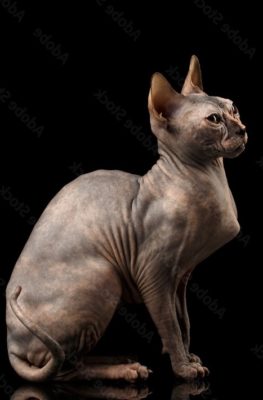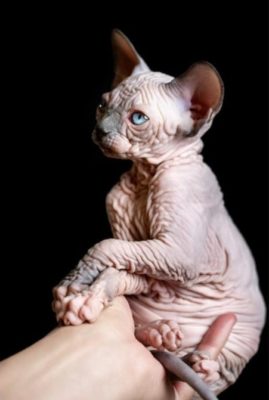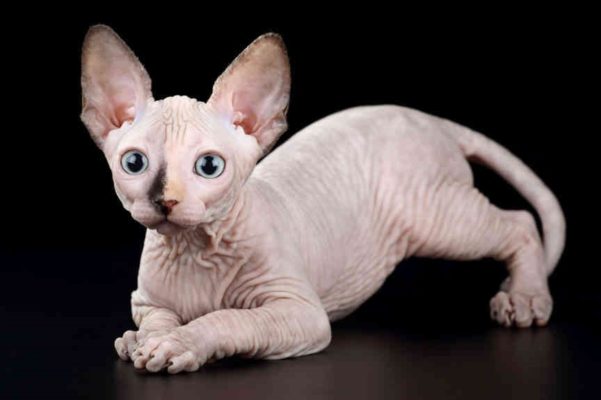Sphynx (Canadian)
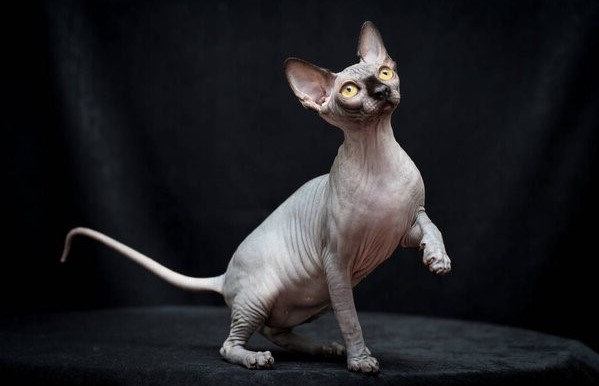
The Sphynx’s lack of fur is made up for by its delightful personality. The Sphynx is one of the most affectionate and cheerful house cats that will be an excellent companion to its owner or mistress. It is a friendly, loving, and loyal breed that can follow its owner around the house and try to get involved in what he or she is doing. This cat will grab any opportunity to crouch on his owner’s shoulder or curl up in his lap.
Table of Contents
Breed Information
| Origin | United States |
| Size | Males 27-30 cm Females 25-28 cm |
| Weight | Males 3.5-6 kg Females 2.5-5 kg |
| Fur Type | Hairless |
| Color | White, black, chocolate, blue, cream, cinnamon, lavender, tabby, tortoiseshell (single color or with spots of any color) |
| Lifestyle | Indoors |
| Lifespan | 9-15 years |
| FIFe Classification | Category III: “Short-haired and Somali” Breed designation – SPH |
| WCF Classification | Group 3: “Short-haired” Breed designation – SPH |
| TICA Classification | SX |
| Group | Hairless (bald) cats, cats for allergic people (hypoallergenic), cats for apartments (docile cats) |
| Price | $1300-1600 |
Breed Photos
Origin History
The Sphynx is a bald cat breed that originated in 1966 in Canada. In a litter of domestic short-haired cats, a hairless kitten was found to be the result of a genetic mutation. As an adult, it was crossed with a short-haired cat. It also resulted in the birth of hairless kittens that were crossbred with each other. Thus, the cross-breeding of these bald cats continued until the modern Sphynx was born.
Long experiments made it possible not only to obtain a new amazing breed but also to expand the gene pool to create a genetically hardy cat breed. For many years various associations were in no hurry to recognize the Sphynx breed. It was connected with the paucity of the breed. Also, the kittens were very demanding in care, and at first, in many catteries, their survival rate was very low. With time, breeders learned how to provide them with proper care, understood more about the breed itself. In 2002 the Cat Fanciers Association accepted Sphynxes for competition in the champion class, and other cat associations quickly followed suit. Today, the breed is recognized by many associations.
Appearance
Although the unusual appearance of Sphynxes attracts attention, at the same time, they repel many. The Sphynx is a medium-sized cat with a muscular body and a striking appearance. This pet can be distinguished by its hairless, wrinkled skin and large ears that resemble bat ears.
The head of a Sphynx is triangular. Characteristic features of cats are also large, wide-set eyes and protruding cheekbones. These cats are very similar to those depicted in ancient Egyptian culture. It is this fact that inspired breeders to name the breed Sphynx.
At first glance, a Sphynx appears to be completely hairless, but you can find a very thin, short layer of down if you look closely. It is the presence of this down that makes the cat’s skin suede to the touch. Despite the lack of fur, the Sphynx has its coloration embedded in the skin’s pigmentation. The color and markings can be almost any color or pattern, including monochrome, striped, or tortoiseshell.
Character
The Sphynx’s lack of fur is made up for by its delightful personality. The Sphynx is one of the most affectionate and cheerful house cats that will be an excellent companion to its owner or mistress. It is a friendly, loving, and loyal breed that can follow its owner around the house and try to get involved in what he or she is doing. This cat will grab any opportunity to crouch on his owner’s shoulder or curl up in his lap. The Sphynx is usually good with children and other pets.
He is an energetic acrobat cat who loves to show off and twist himself into the most unexpected poses. He wants to draw attention to himself! This cat has an unexpected sense of humor, which often contradicts its stern facial expression.
Care
A Sphynx is an exclusively domestic cat. Because its skin is exposed, the cat needs to be protected from the cold and other external influences that can damage it. It does not mean that the cat should not be walked, but it does mean that it must be done with special care and caution.
The lack of hair in a Sphynx does not mean that the cat’s care will be easy. The opposite is true. Since a Sphynx cat’s body secretes fat, it needs to be bathed often – usually once a week is enough. If she is not bathed, her skin becomes so oily that the Sphynx leaves stains everywhere she sits or lays down.
The ears also require frequent cleaning since dirt accumulates quite quickly in the ears. Cleaning the ears for a Sphynx is not a painful process and is only required for cosmetic purposes. It is also necessary to check and, if there are deposits, clean the nose and eyes, and trim the claws. These hygienic procedures should be done once a week after bathing.
Education
Sphynx cats are an active breed whose members need physical and mental stimulation. They can and will entertain themselves due to their high intelligence, but at the same time, they will develop through attention and care from their owners. The pet needs to provide various physical activities in the form of games that can use toys. Sphynx loves to climb and climb to heights so that a climbing house will be useful for him.
Sphynxes are very intelligent cats that will observe all the rules of conduct in the house. The main thing is to let him understand who the master is in the house, and then there will be no difficulties in his upbringing. If the cat gets naughty, do not punish him with force. It’s better to try to explain to the cat what he did wrong. Just because it can’t talk doesn’t mean it doesn’t understand anything.
Common Diseases
Sphynxes are generally healthy cats with a lifespan of 11 to 15 years. To maintain and keep her healthy, she needs proper care and regular visits to the veterinarian for preventive checkups.
Dental diseases, skin problems, and heart problems are the most common among Sphynxes. The skin of a Sphynx can be too oily, which is most often due to improper nutrition. Adjusting the cat’s diet is enough to regulate the secretion of skin grease. The most common heart condition among Sphynxes is hypertrophic cardiomyopathy.
Nutrition
Canadian Sphynxes burn a lot of energy, so they need more food than normal cats. They eat very fast and mostly everything, but you have to take care not to overfeed the cat. The food of a Sphynx can consist of both industrial food and natural food. A mixed diet can also be practiced.
Industrial Sphynx food must be of good quality. It should consist of meat by at least one-third. The cat can be fed boiled lean meat or cooked boneless sea fish, boiled liver, porridges, vegetables and fruits, and sour milk products in small quantities of natural products. Of meat, it is recommended to give chicken, rabbit, and beef. Meat or fish should be present in the diet daily. Sphynxes drink a lot of water, so you need to make sure that they always have access to fresh drinking water.
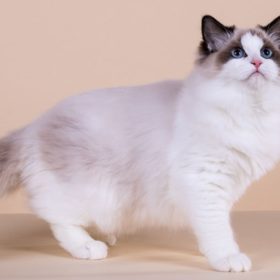 Ragdoll
Ragdoll Birman
Birman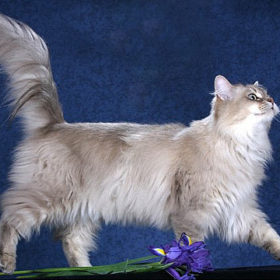 Chantilly-Tiffany
Chantilly-Tiffany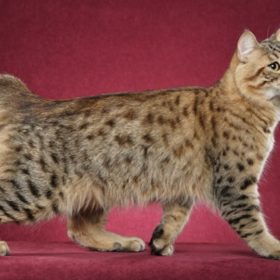 Pixie-bob Longhair
Pixie-bob Longhair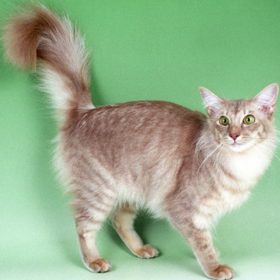 Javanese
Javanese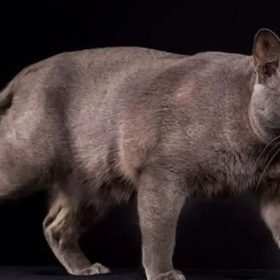 Korat
Korat